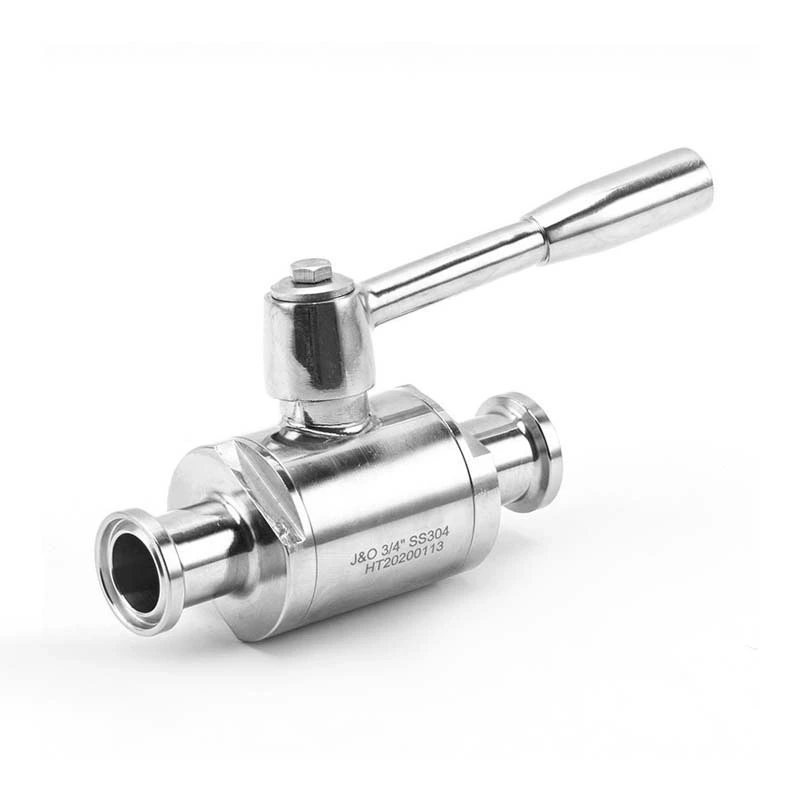Comparison Between Sanitary Pneumatic Valves And Industrial Pneumatic Valves
Sanitary Valve and industrial pneumatic valves have obvious differences in many aspects:
Application field: sanitary pneumatic valves are mainly used in process control occasions such as food, pharmaceuticals, cosmetics, clean steam, alcohol, beverages, biochemical industry, etc. Industrial pneumatic valves are widely used in chemical, oil and gas, electricity, metallurgy, water treatment and other industries.
Structure and design: sanitary pneumatic valves have the advantages of compact structure, convenient assembly and disassembly, high adjustment accuracy, especially its angle design ensures self-discharge of valves, standard electronic polishing, smooth surface to ensure cleanliness, no medium accumulation area, and no potential pollution. Industrial valves may be designed into spherical or special shapes according to different use environments and needs to adapt to high temperature and high pressure working environments.
Materials and processing: sanitary valves are generally 304SS or 316 stainless steel. After production and processing, they are specially treated, such as electronic polishing, to ensure that they are smooth, have no dead corners, and are easy to clean. Industrial valves may use other materials, such as cast iron, cast steel, etc., to meet their specific use requirements. 4. Performance characteristics: Sanitary pneumatic valves have the characteristics of fast response, precise control, environmental protection and high reliability. They have fast switching speed and can complete the switching action within a few milliseconds, and can achieve precise flow control by adjusting the air source pressure. Industrial pneumatic valves may focus more on meeting specific needs such as large flow and explosion-proof.
There are obvious differences between sanitary pneumatic valves and industrial pneumatic valves in terms of application areas, structure and design, materials and processing. These differences enable them to meet the specific needs of different industries and occasions. When choosing, you should choose according to the specific use environment and requirements.
